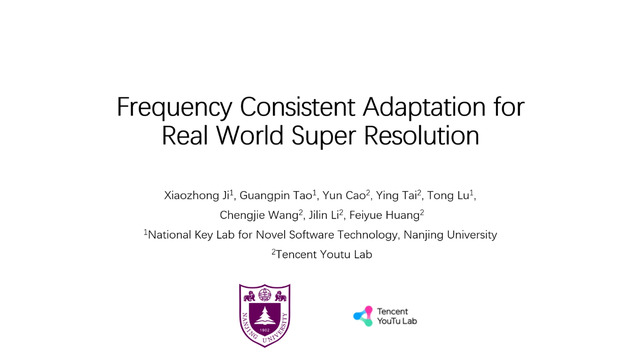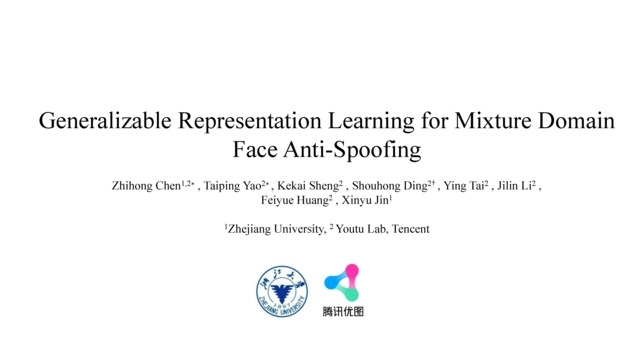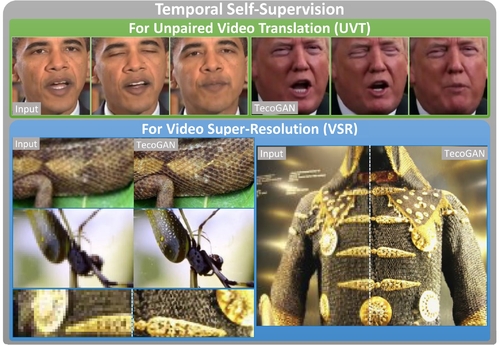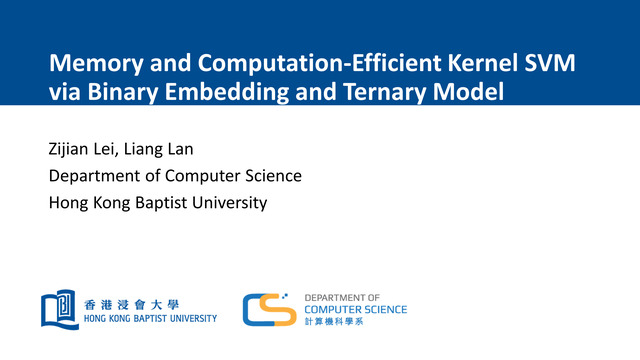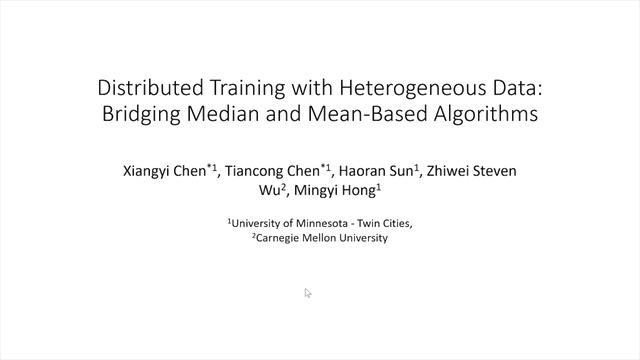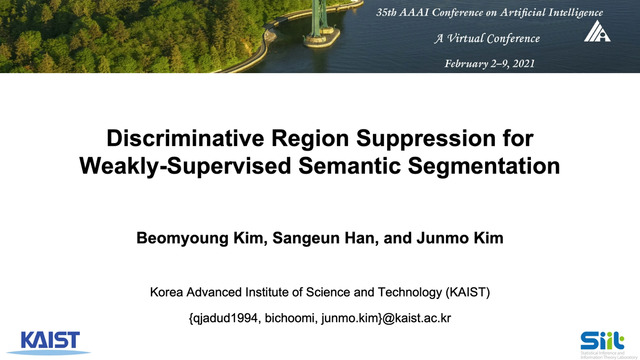Abstract:
Unsupervised domain adaptation (UDA) has been received increasing attention since it does not require labels in target domain. Most existing UDA methods learn domain-invariant features by minimizing discrepancy distance computed by a certain metric between domains. However, these discrepancy-based methods cannot be robustly applied to unsupervised time series domain adaptation (UTSDA). That is because discrepancy metrics in these methods contain only low-order and local statistics, which have limited expression for time series distributions and therefore result in failure of domain matching. Actually, the real-world time series are always non-local distributions, i.e., with non-stationary and non-monotonic statistics. In this paper, we propose an Adversarial Spectral Kernel Matching (AdvSKM) method, where a hybrid spectral kernel network is specifically designed as inner kernel to reform the Maximum Mean Discrepancy (MMD) metric for UTSDA. The hybrid spectral kernel network can precisely characterize non-stationary and non-monotonic statistics in time series distributions. Embedding hybrid spectral kernel network to MMD not only guarantees precise discrepancy metric but also benefits domain matching. Besides, the differentiable architecture of the spectral kernel network enables adversarial kernel learning, which brings more discriminatory expression for discrepancy matching. The results of extensive experiments on several real-world UTSDA tasks verify the effectiveness of our proposed method.



